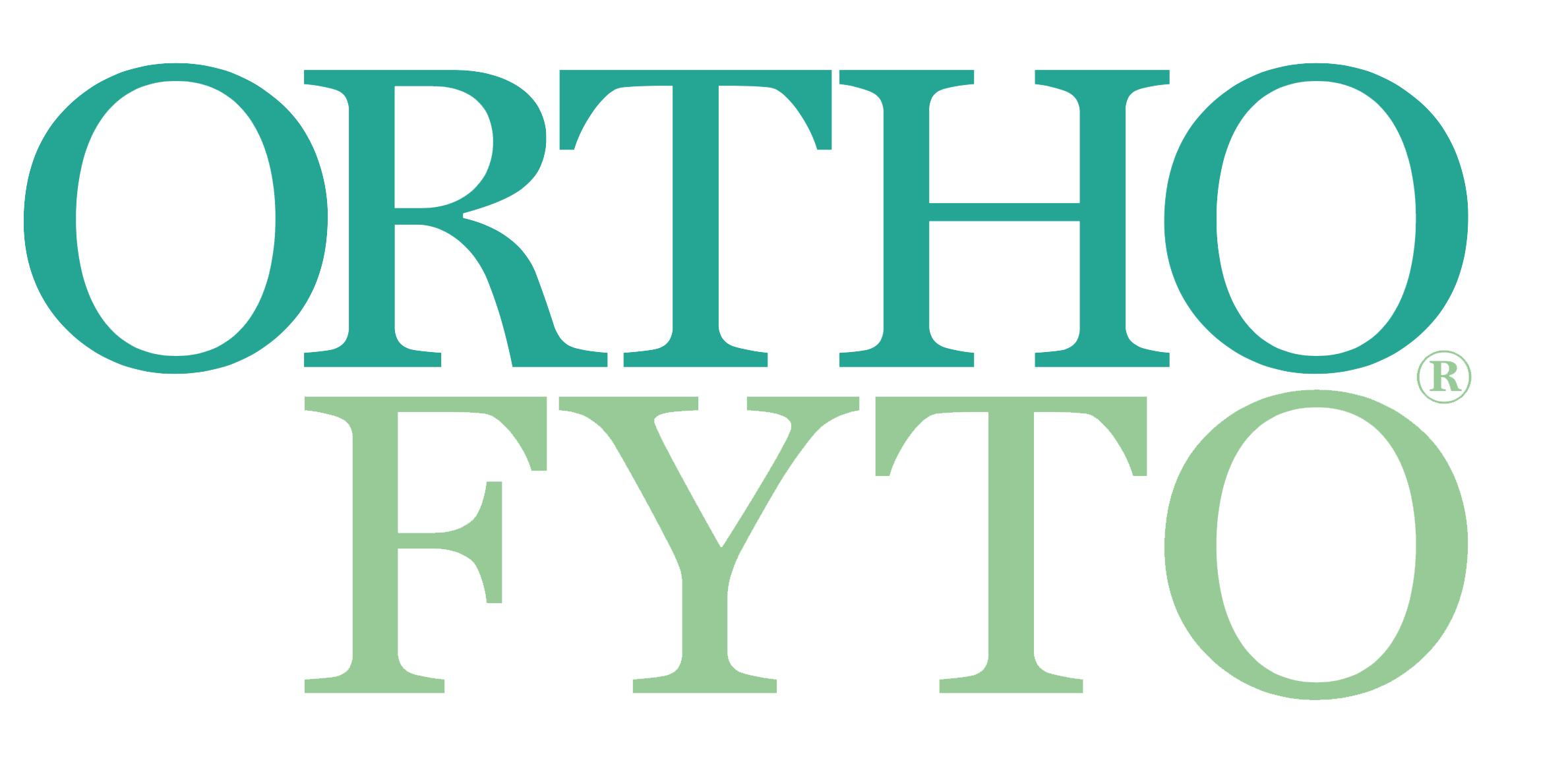Tropaeolum majus
11 Jun, 2018
Door: Fred Blaauw
De Oost-Indische kers is origineel afkomstig uit Zuid-Amerika en wordt nu over de hele wereld in de tuin als eenjarige sierplant gekweekt. De naam ‘Oost-Indische’ kers is misleidend en onjuist; in de 16e eeuw werd deze plant door de Spanjaarden vanuit Peru ingevoerd in Europa en vanwege de scherpe waterkers-achtige smaak kreeg het deze naam.
De dochter van de welbekende Linnaeus, die de basis-nomenclatuur voor geneeskrachtige planten heeft vastgelegd, was de eerste die het verschijnsel waarnam dat op warme zomerdagen, bij het invallen van de duisternis, uit het hart van de bloemkroon lichtflitsen kunnen springen. Het hart van de bloemen is dan ook rijk aan fosforzuur. Deze snelgroeiende plant is een sieraad voor de tuin door zijn overweldigende bloemenpracht; gele tot oranje, rode, roodbruine of gevlekte en lichtgeurende bloemen.
In de Andes werd Oost-Indische kers van oorsprong als wondkruid gebruikt. Vanaf 1684 werd Tropaeolum vanuit Centraal-Europa gepromoot als groente én als geneesmiddel. In de fytotherapie is Tropaeolum tegenwoordig een steeds meer gewaardeerd therapeuticum. Het verse blad, de bloemen en de zaden worden ook culinair gebruikt; de smaak van de jonge bladeren, bloemen en bloemknoppen is enigszins te vergelijken met die van de waterkers. Ze worden daarom wel toegepast in salades en ter garnering.
Tropaeolum is nuttig in de tuin omdat deze bladluis, wolluis en witte vlieg weghoudt bij vele soorten groenten en fruit; het extract ervan kan (ook wel gemengd met brandnetelgier) als biologisch verdelgingsmiddel worden gebruikt tegen verschillende dierlijke parasieten. Ook wordt de Tropaeolum tussen de bijenkasten aangeplant tegen de ‘mijtenplaag’.
De belangrijkste inhoudsstof van Tropaeolum herba, folium en fructus (onrijp) is het glucosilinaat, een mosterdglycoside genaamd glucotropaeoline dat door het vrijkomende enzym myrosinase of door de darmflora zelf na hydrolyse wordt omgezet tot benzylisothiocyanaat (mosterdolie). Verder bevat het een viertal belangrijke flavonolen (lees antioxidanten), fenolzuren, ascorbinezuur (300mg/100g vers), bètacaroteen (pro-vitamine A), luteïne (45 mg/100g!), zeaxanthine, vitamine E, vitamine B2 en B3, bitterstoffen, etherische olie (60-80% trierucine), zwavel, jodium, ijzer, fosfor, mangaan, kalium, sporen arsenicum, enzymen en vette olie.
www.hetfytocentrum.nl Lees het gehele artikel vanaf pagina 40 in OrthoFyto 3/18. Wilt u het hele artikel als PDF ontvangen? Bestel het dan hier voor € 3,50 Bronvermelding:- Chiej. R. Encyclopaedia of Medicinal Plants. MacDonald 1984 ISBN 0-356-10541-5.
- Bown. D. Encyclopaedia of Herbs and their Uses. Dorling Kindersley, London. 1995 ISBN 0-7513-020-31
- Usher. G. A Dictionary of Plants Used by Man. Constable 1974 ISBN 0094579202
- Chevallier. A. The Encyclopedia of Medicinal Plants Dorling Kindersley. London 1996 ISBN 9-780751-303148
- Tran HT , Márton MR , Herz C , Maul R , Baldermann S 3 , Schreiner M , Lamy E . Oost-Indische kers (Indische cress, Tropaeolum majus nanum) blokkeert de COX- en LOX-route in primaire menselijke immuuncellen dubbel. . 2016 1 juni: 23 (6): 611-20. Epub 2016 18 maart.
- Toxicol Mech Methods. 2010 Nov;20(9):579-86. The protective role of Tropaeolum majus on blood and liver toxicity induced by diethyl maleate in rats. Koriem KM1, Arbid MS, El-Gendy NF.
- J Ethnopharmacol. 2009 Apr 21;122(3):517-22. doi: 10.1016/j.jep.2009.01. 021. Epub 2009 Feb 7. Natriuretic and diuretic effects of Tropaeolum majus (Tropaeolaceae) in rats. Gasparotto A, Boffo MA, Lourenço EL, Stefanello ME, Kassuya CA, Marques MC.
- Kim GC, Kim JS, Kim GM, Choi SY. Anti-adipogenic effects of Tropaeolum majus (nasturtium) ethanol extract on 3T3-L1 cells. Food Nutr Res. 2017 Jun 14;61(1):1339555. eCollection 2017.
- Guzmán-Pérez V, Bumke-Vogt C, Schreiner M, Mewis I, Borchert A, Pfeiffer AF. Benzylglucosinolate Derived Isothiocyanate from Tropaeolum majus Reduces Gluconeogenic Gene and Protein Expression in Human Cells. PLoS One. 2016 Sep 13;11(9):e0162397. eCollection 2016.
- Johnson, EJ. Role of lutein and zeaxanthin in visual and cognitive function throughout the lifespan. Nutr Rev. 2014 Sep;72(9):605-12. Epub 2014 Aug 8.
- Wolf-Schnurrbusch UE, Zinkernagel MS, Munk MR, Ebneter A, Wolf S. Oral Lutein Supplementation Enhances Macular Pigment Density and Contrast Sensitivity but Not in Combination With Polyunsaturated Fatty Acids. Invest Ophthalmol Vis Sci. 2015 Dec;56(13):8069-74.
- Garzón GA, Manns DC, Riedl K, Schwartz SJ, Padilla-Zakour O. Identification of phenolic compounds in petals of nasturtium flowers (Tropaeolum majus) by high-performance liquid chromatography coupled to mass spectrometry and determination of oxygen radical absorbance capacity (ORAC). J Agric Food Chem. 2015 Feb 18;63(6):1803-11. Epub 2015 Feb 9
- Gasparotto Junior A, Gasparotto FM, Lourenço EL, Crestani S, Stefanello ME, Salvador MJ, da Silva-Santos JE, Marques MC, Kassuya CA. Antihypertensive effects of isoquercitrin and extracts from Tropaeolum majus L.: evidence for the inhibition of angiotensin converting enzyme. J Ethnopharmacol. 2011 Mar 24;134(2):363-72. Epub 2010 Dec 24.
- Bartnik, M., Facey, P. C. Glycosides, in Pharmacognosy, 2017
- Pintão AM, Pais MS, Coley H, Kelland LR, Judson IR. In vitro and in vivo antitumor activity of benzyl isothiocyanate: a natural product from Tropaeolum majus. Planta Med. 1995 Jun;61(3):233-6
- Botelho Lourenço EL, Muller JC, Boareto AC, Gomes C, Lourenço AC, Calloi Palozi RA, Lima Prando TB, Gasparotto Junior A, Dalsenter PR. Effects of Angiotensin-Converting Enzyme Inhibitor Derived from Tropaeolum majus L. in Rat Preimplantation Embryos: Evidence for the Dehydroepiandrosterone and Estradiol Role. Evid Based Complement Alternat Med. 2014;2014:209207. Epub 2014 Mar 20.
- Fintelmann, V., Albrecht, U., Schmitz, G., & Schnitker, J. (2012). Efficacy and safety of a combination herbal medicinal product containing Tropaeoli majoris herba and Armoraciae rusticanae radix for the prophylactic treatment of patients with respiratory tract diseases: a randomised, prospective, double-blind, placebo-controlled phase III trial. Current Medical Research and Opinion, 28(11), 1799–1807.
- Albrecht, U., Goos, K.H., & Schneider, B. (2007). A randomised, double-blind, placebo-controlled trial of a herbal medicinal product containing Tropaeoli majoris herba (Nasturtium) and Armoraciae rusticanae radix (Horseradish) for the prophylactic treatment of patients with chronically recurrent lower urinary tract infections. Current Medical Research and Opinion, 23(10), 2415–2422.
